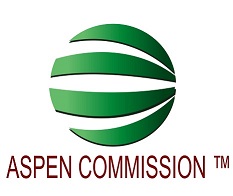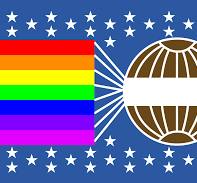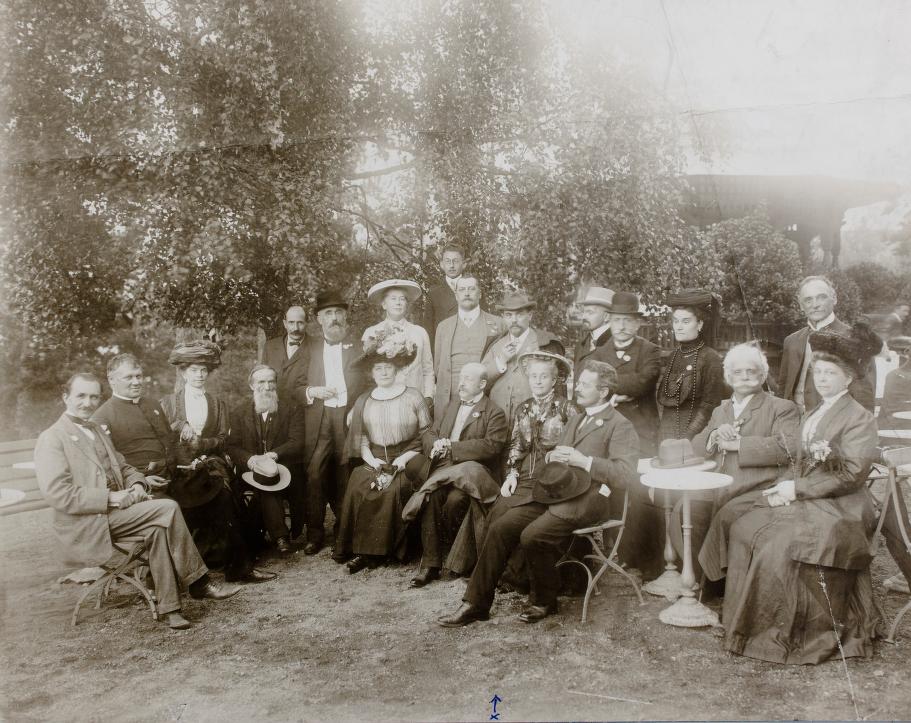UPC Universal Peace Congress ™ and The NYPS New York Peace Society ™Since 1815 , The Peace Congress ™ Principles have worked to serve the World.Since 1815, the Peace Congresses has forstered international gatherings aimed at promoting peace, held in various European capitals during the late 19th and early 20th centuries and now in the 21st century. These congresses played a crucial role in establishing traditionalist pacifism as a significant ideology within European politics and a formidable influence in international relations for many years. They attracted a diverse array of participants, including religious peace groups, labor organizations, government officials, authors, and other notable figures. Attendance at these congresses grew steadily until the onset of World War I, which caused their discontinuation due to conflicting loyalties among the delegates, but due to a son of a WWII Liberator, the Universal Peace Congress has been restored. The New York Peace Society was the first peace society to be established in the United States and was later replaced by the Universal Peace Congress. The first notable peace congress took place in London in 1843. However, the first event officially titled the Universal Peace Congress was held in Paris in 1889. During the third congress in Rome in 1891, Danish peace activist and parliamentarian Fredrik Bajer (1837–1922) founded the Permanent International Peace Bureau (PIPB). This organization served as a central body for peace groups, advocating for disarmament, the establishment of international courts of justice, and the mandatory arbitration of disputes between states. The PIPB's significant contributions to the peace movement were recognized with the Nobel Peace Prize in 1910. The Peace Bureau (IPB) was founded as a result of the third Universal Peace Congress in Rome, 1891, with Fredrik Bajer one of its principal founders and its first president ... There have been More than 150 International Peace Conferences over the years International peace conferences were a common feature of the "peace movement" for almost exactly one century, from 1843 until World War II. During this period, there were more than 75 international conferences. Switzerland emerged as the primary conference venue (at least 14 conferences), followed by the United Kingdom (13), the United States (12), France (10), Netherlands (9), Belgium (5), and Germany (5). https://peace.maripo.com/p_conferences.htm
-- Peace conferences brought together many peacemakers on whom the Nobel Committee bestowed the Nobel Peace Prize
-- Our VisionThe Universal Peace Congress ™ envisions a world where peace and harmony are the cornerstones of human interaction. We believe that by fostering understanding, respect, and cooperation among diverse communities, we can create a global society free from violence and conflict. Our MissionThe mission of the New York Peace Society ™ and The UPC Universal Peace Congress ™ is to promote sustainable peace through dialogue, education, advocacy, and collaboration. We are dedicated to addressing the root causes of conflict and working towards solutions that uphold human dignity and justice. Our HistoryFounded in [year], the Universal Peace Congress emerged as a response to the growing need for a dedicated platform to unite peace advocates worldwide. Since our inception, we have hosted numerous conferences, workshops, and events that have brought together leaders, scholars, activists, and individuals committed to the cause of peace. Core Values
Our Goals
Our ActivitiesThe Universal Peace Congress organizes a range of activities, including:
Join UsWhether you are an individual passionate about peace, a researcher in peace studies, or an organization dedicated to conflict resolution, there is a place for you at the Universal Peace Congress. Together, we can build a world where peace prevails. For more information on how to get involved, please visit our Get Involved page or contact us directly at info@universalpeacecongress.com.
Peace FlagCreated by James Van Kirk a Methodist minister from Youngstown, OH who took it around the world twice between WWI and WWII to promote the brotherhood of man and the fatherhood of God. He felt it was his life's mission to make the design known to nations and give it to mankind as a sign from God. The Universal Peace Congress adopted the flag in 1913.
He wrote that the design came to him by revelation from God as he thought what design and colors a world flag would have. It could not be left to man but would be found in natural law or be provided by God. The color laws of light furnish an appropriate basis for a world flag. The white light of the sun in passing through drops of rain forms the rainbow. The reunited colors produce white as seen in the band on the globe. The colors symbolize many nations, races, languages and sects. It also shows there is a harmony and brotherhood among the variations of the human family. They flow together producing a band of white encircling the earth as they represent the nations and peoples cooperating to make peace. The band of white, representing truth, brotherhood, harmony and peace will widen, as nations are more fraternal. Blue field represents the heavens suggesting we are all embraced in universal law and truth. Stars represent Nations. Pictured here is a group of attendees at the Eighteenth Universal Peace Congress, held in Stockholm, Sweden, on August 1, 1910.
*As seen in the global press. The IBS International Board of Standards USA |
Endorsed by the

World Markets
-- Teddy Roosevelt, 26th President of the United States of America
Universal Peace Congress Commission ™ All Rights Reserved 2024
IBS INTERNATIONAL BOARD OF STANDARDS
Universal Peace Congress Academy of International Relations, Philosphy Politics and Innovation - International Political Foregin Relations Public Policy Council. The Aspen Commission ™ is an Association Registered in Colorado and is also a listed as an Limited Company CO USA.
CEO Commission Join Mission Ethics Home Continuing Ed Government Jobs Awards Degrees Press Release Congress Condemning Violence Certification newspapers Diplomacy markets Links Careers Disclaimer
Accreditation Bodies: www.GAFM.com * www.GAFM.org * www.CertifiedProjectManager.eu * www.AAFM.org * Certified Project Manager * Certified e-Commerce Consultant * Royal Law Society * Royal Business Society * Royal Business College * Royal Fellows * Royal Economics Academy * Oxford Law School * AAFM * Certified International Project Manager *


